Take a deep breath and prepare yourself for this shocking revelation: you’ve been eating insects your entire life, and it’s completely legal. Right now, as you read this, microscopic fragments of beetles, fly larvae, and aphids are sitting in your pantry, waiting to become part of your next meal. The food industry doesn’t advertise this fact, but regulatory agencies around the world have established “acceptable” levels of insect contamination in virtually every processed food you consume. This isn’t some conspiracy theory or urban legend – it’s documented reality that most people remain blissfully unaware of until now.
The Hidden Truth About Food Safety Standards

Food safety agencies worldwide operate under a principle that might surprise you: it’s impossible to keep insects completely out of our food supply. The U.S. Food and Drug Administration openly acknowledges this reality through their “Defect Levels Handbook,” which sets legal limits for insect parts in various foods. These aren’t emergency measures or temporary allowances – they’re permanent standards that recognize insects as an inevitable part of food production.
The European Food Safety Authority follows similar guidelines, though they often use different terminology like “unavoidable contaminants” rather than “defects.” What’s particularly fascinating is how these standards vary dramatically between countries, suggesting that cultural attitudes toward insects influence even scientific food safety decisions. Some nations have stricter limits, while others are surprisingly permissive about what crawls into your dinner.
Your Morning Coffee’s Tiny Stowaways
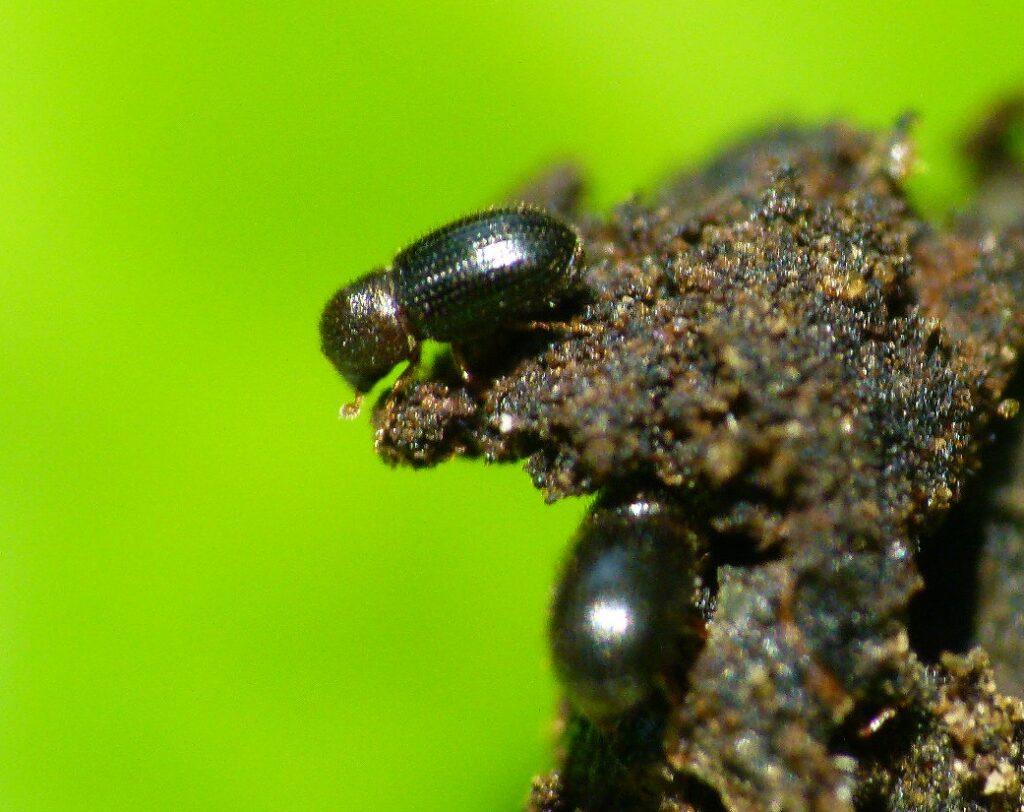
That aromatic cup of coffee you’re savoring contains more than just caffeine – it’s legally allowed to have up to 10% insect-damaged beans. Coffee cherries grow in tropical environments where insects thrive, and the coffee borer beetle particularly loves to burrow into coffee beans. When these infested beans are processed, tiny fragments of beetle larvae and their tunnels become part of the final product.
The roasting process kills any living insects, but their remains add an unexpected protein boost to your morning ritual. Interestingly, some coffee connoisseurs claim that certain insect-affected beans actually develop more complex flavors, though this remains a highly debated topic in the specialty coffee world. The next time you notice unusual notes in your coffee, you might be tasting the legacy of a tiny beetle’s lifecycle.
Chocolate’s Creepy-Crawly Secret Ingredient

Chocolate lovers, brace yourselves: your favorite treat is legally permitted to contain up to 60 insect fragments per 100 grams. Cocoa beans are harvested from tropical regions where insects are abundant, and the fermentation process that gives chocolate its distinctive flavor also attracts various bugs. Thrips, mites, and other tiny creatures often find their way into cocoa processing facilities.
The chocolate industry has developed sophisticated cleaning methods, but complete insect removal would require such intensive processing that it would destroy the delicate flavors we associate with quality chocolate. Some premium chocolate makers have embraced this reality, arguing that trace amounts of insects are simply part of chocolate’s authentic terroir – the environmental factors that contribute to its unique taste profile.
The Flour Power of Beetle Bits

Every bag of flour in your kitchen contains microscopic evidence of grain weevils, flour beetles, and other storage pests. The FDA allows up to 75 insect fragments per 50 grams of flour, which means your homemade bread and pastries inevitably contain tiny pieces of beetle exoskeletons and larvae. Grain storage facilities, despite their best efforts, cannot completely eliminate insects that have co-evolved with human agriculture for thousands of years.
What’s particularly intriguing is that ancient civilizations likely consumed far higher levels of insect contamination in their grain products, yet they thrived. Modern processing has dramatically reduced these levels, but achieving zero contamination would require such extreme measures that flour would become prohibitively expensive. The insects in your flour are essentially a byproduct of affordable food production.
Peanut Butter’s Tiny Protein Boost

That creamy peanut butter sandwich you packed for lunch contains more protein than you realize – and not all of it comes from peanuts. Peanut butter is allowed to contain up to 30 insect fragments per 100 grams, primarily from aphids and thrips that feed on peanut plants. These tiny insects are so small that they’re virtually impossible to separate from peanuts during processing.
Peanut processing facilities use air currents, screens, and other methods to remove as many insects as possible, but complete elimination would require destroying the peanuts themselves. The irony is that these insects are actually highly nutritious, containing essential amino acids and vitamins that complement peanuts’ nutritional profile. Your peanut butter is technically a more complete protein source thanks to its tiny insect inhabitants.
Tomato Products and Their Microscopic Hitchhikers
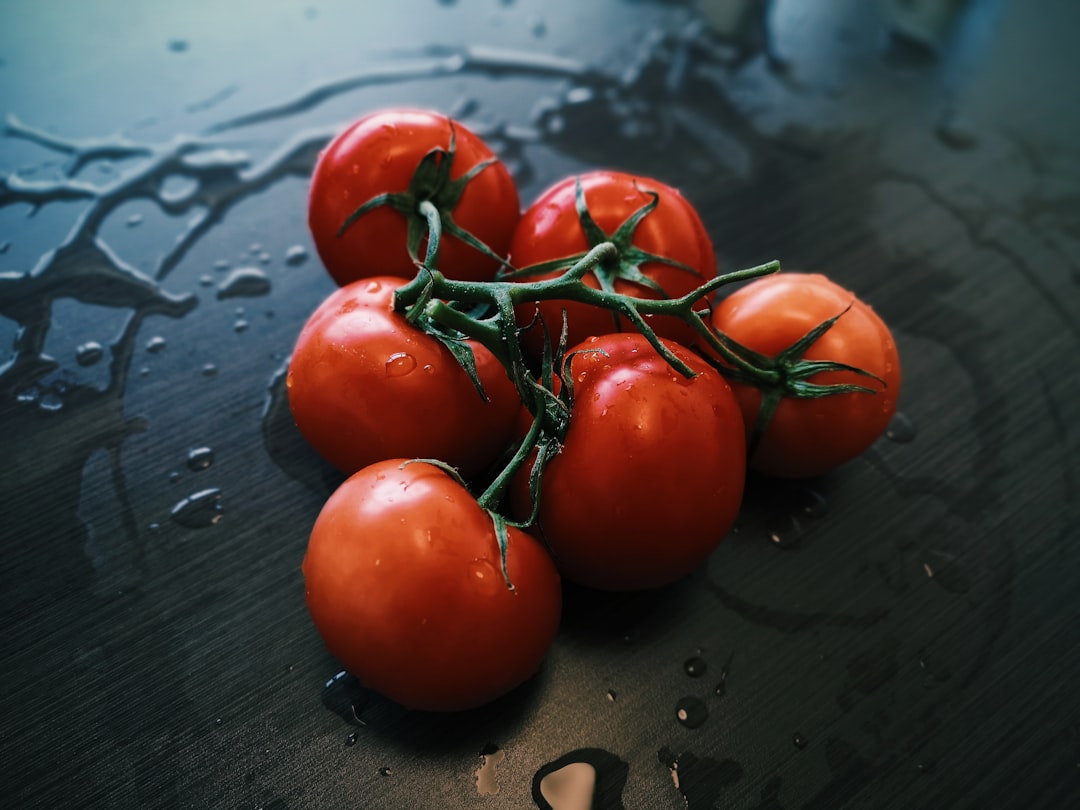
Tomato sauce, ketchup, and paste are legally permitted to contain fly eggs, maggots, and other insect larvae. The FDA allows up to 30 fly eggs per 100 grams of tomato products, along with smaller amounts of other insect contaminants. Tomato processing facilities work hard to minimize these levels, but tomatoes grow in environments where insects are naturally abundant.
The heating process used to create tomato products kills any living insects, but their remains become part of the final product. Some food scientists argue that these trace amounts of insects actually contribute beneficial compounds to tomato products, including chitin, which may have prebiotic properties that support digestive health.
Spices: The Insect Seasoning You Never Ordered
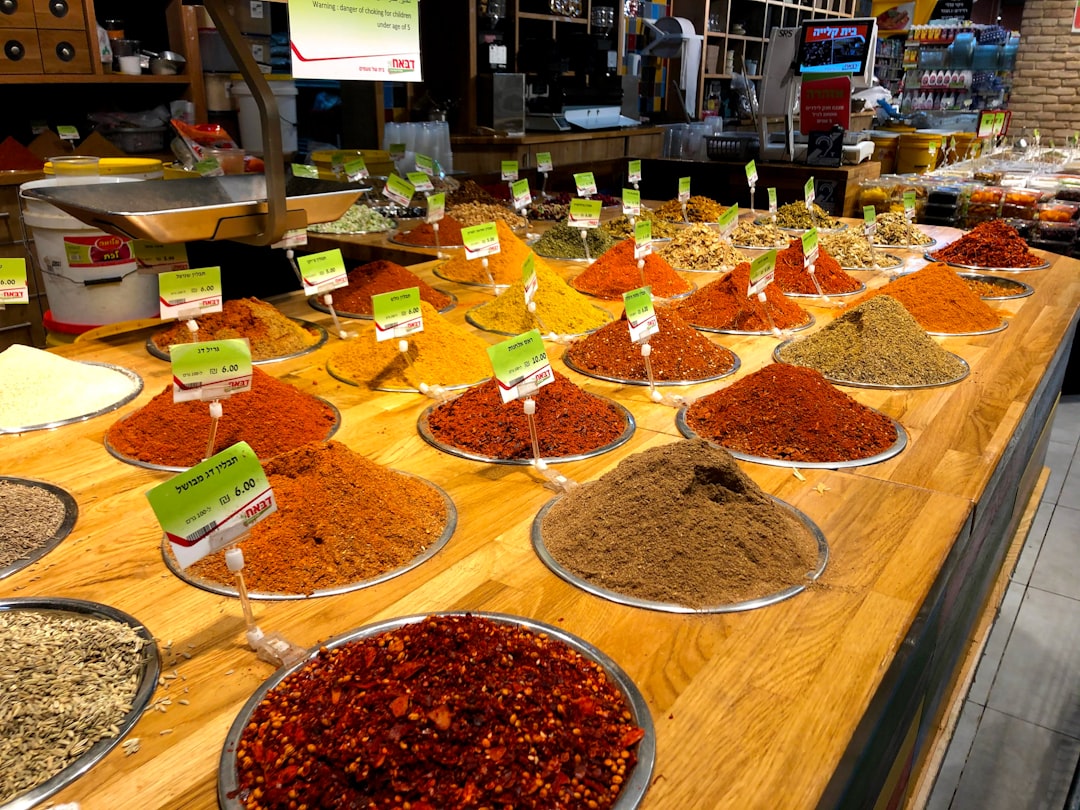
Your spice rack is essentially a collection of insect habitats. Paprika can contain up to 75 insect fragments per 25 grams, while ground oregano is allowed up to 300 insect fragments per 10 grams. Spices are particularly prone to insect contamination because they’re often grown in tropical regions and stored for extended periods before processing.
The tiny insects that inhabit spices are often so small they’re barely visible to the naked eye, yet they contribute significantly to the final product’s mass. Some traditional spice-growing regions have developed techniques that actually encourage certain beneficial insects while deterring harmful ones, creating a complex ecosystem within spice production that influences flavor profiles in ways we’re only beginning to understand.
Canned Goods: Preserved Insects for Extended Shelf Life
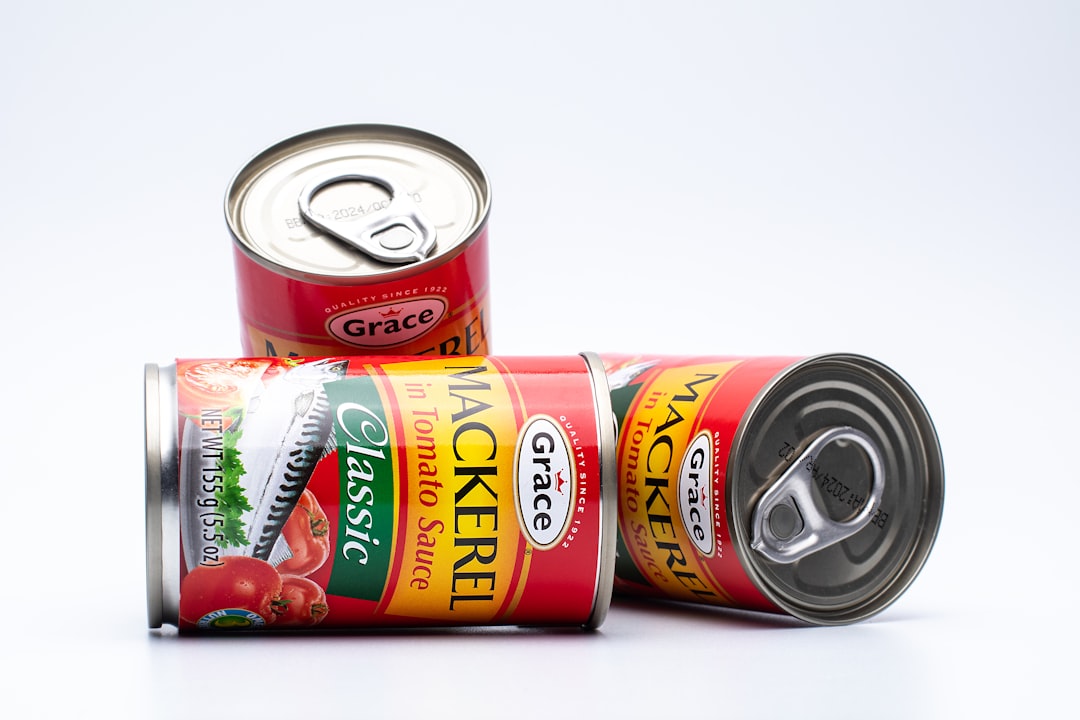
Even canned goods aren’t immune to insect contamination. Canned tomatoes can contain up to 10 fly eggs per 500 grams, while canned citrus juices are allowed to have up to 5 Drosophila flies per 250 milliliters. The canning process kills any living insects, but their remains are preserved along with the food, creating a time capsule of agricultural ecosystems.
What’s particularly fascinating is how different insects end up in different canned products based on regional growing conditions and seasonal patterns. A can of tomatoes processed in California might contain different insect species than one processed in Italy, creating a subtle geographical signature that food scientists can sometimes identify through microscopic analysis.
Frozen Foods: Insects in Ice
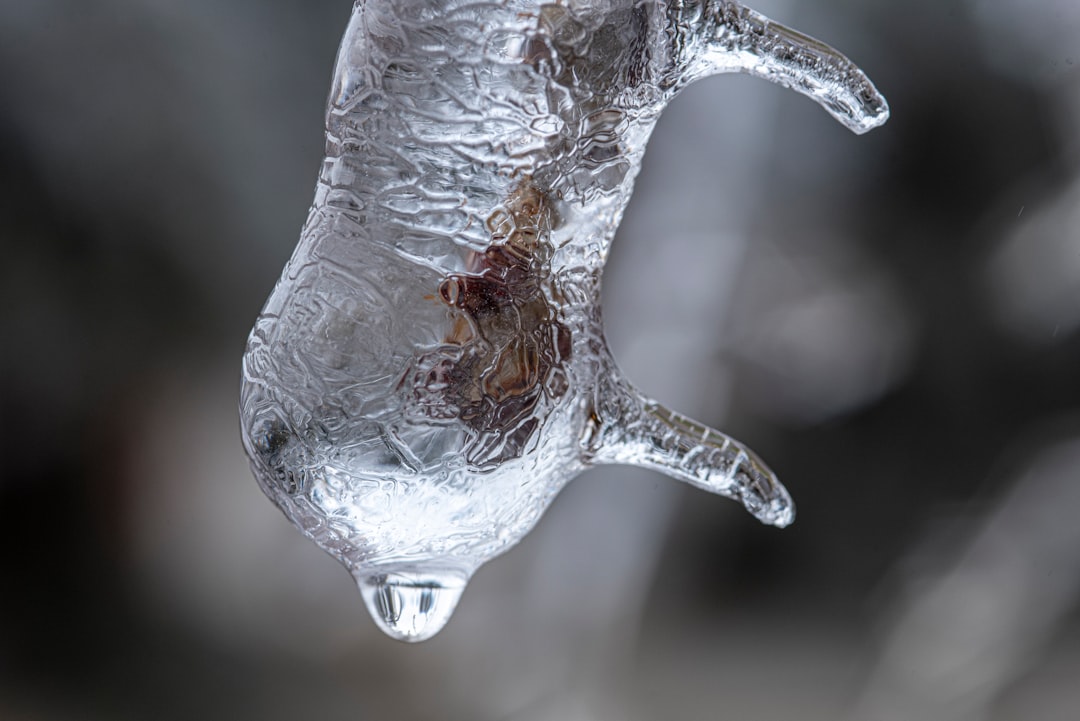
Frozen vegetables and fruits contain their own populations of tiny insects, preserved in icy suspension. Frozen broccoli is allowed to contain up to 60 aphids per 100 grams, while frozen spinach can have up to 50 aphids, thrips, and mites per 100 grams. The freezing process essentially mummifies these insects, preserving them in nearly perfect condition.
The irony is that frozen foods often contain higher levels of insect contamination than fresh produce because the freezing process prevents the natural decomposition that would occur in fresh foods. Your frozen vegetables are like miniature museums, preserving tiny ecosystems from the moment of harvest for months or even years.
Beer and Wine: Fermented with Friends

Alcoholic beverages have their own insect populations, though the fermentation process creates a unique environment. Hops used in beer production can contain up to 2,500 aphids per 10 grams, while wine grapes often harbor various mites and small flies. The fermentation process typically kills these insects, but their remains contribute to the final product’s complexity.
Some brewers and winemakers argue that certain insects actually enhance their products’ flavors through enzymatic contributions during fermentation. Traditional brewing methods in some cultures deliberately encourage specific insects that contribute desirable flavors, though modern commercial production tries to minimize insect presence while acknowledging its inevitability.
Breakfast Cereals: Start Your Day with Protein
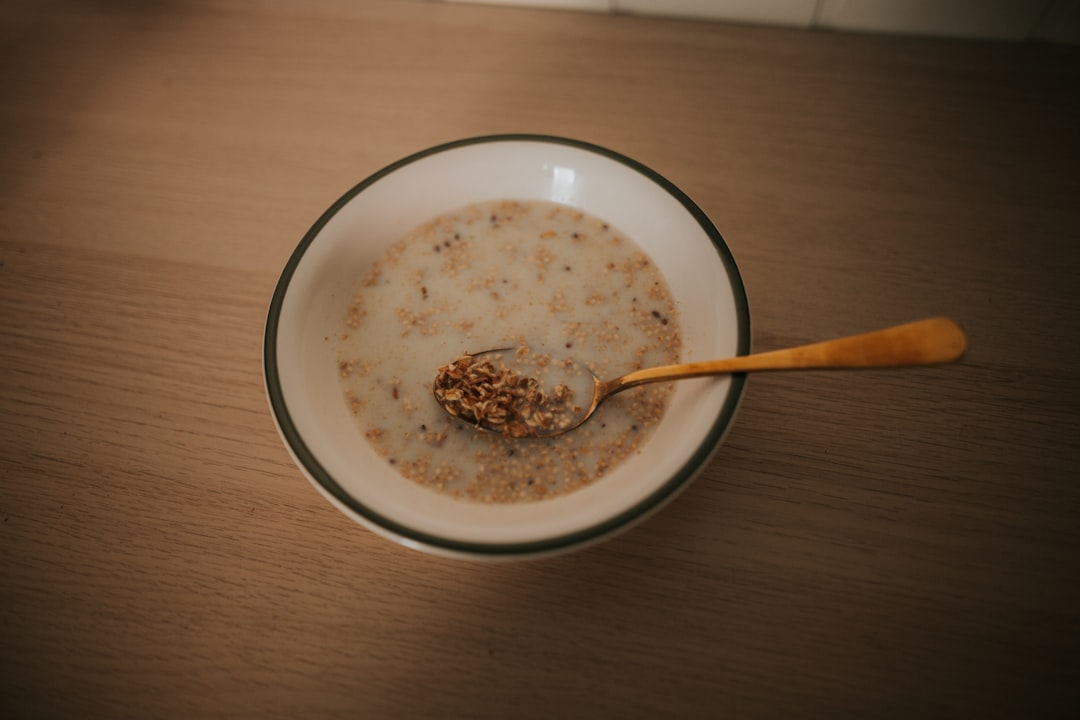
That bowl of cereal you’re eating for breakfast contains more than just grains and vitamins – it’s legally allowed to contain up to 225 insect fragments per 225 grams. Cereal grains are particularly susceptible to insect contamination during storage and processing, with grain weevils and flour beetles being the most common culprits.
The extrusion process used to create many breakfast cereals actually helps distribute insect fragments evenly throughout the product, creating a surprisingly uniform distribution of this unintended protein source. Some nutritionists point out that these insect fragments contribute beneficial nutrients, including B-vitamins and minerals that complement the cereals’ fortified nutrition profiles.
Dried Fruits: Concentrated Insect Ecosystems
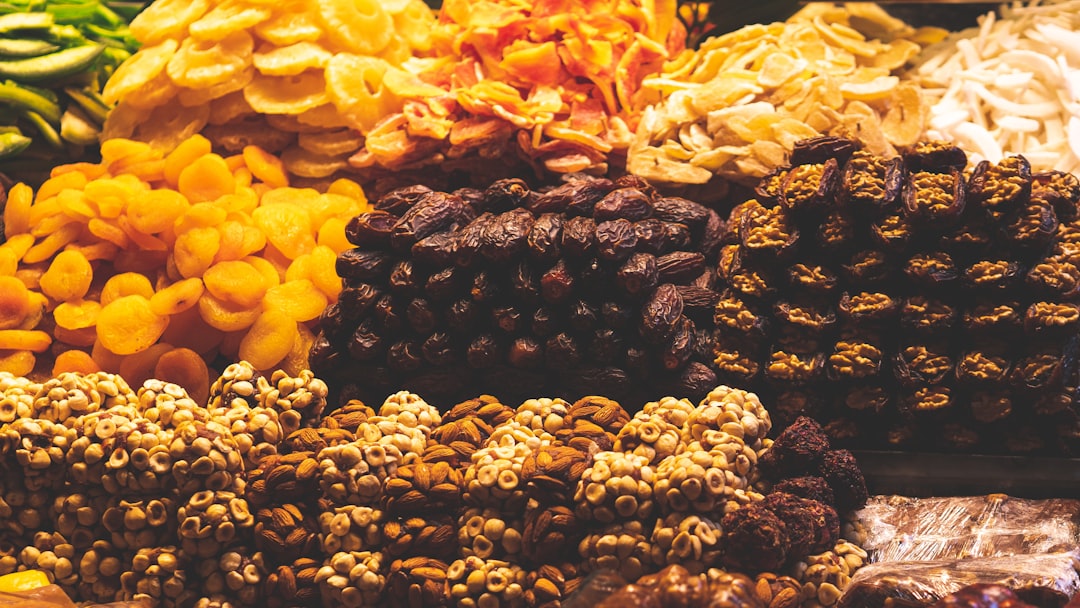
Dried fruits are essentially concentrated insect habitats, with raisins allowed to contain up to 35 fly eggs per 8 ounces. The drying process preserves insects in a state of suspended animation, creating products that can contain remarkable biodiversity in miniature form. Dried figs, dates, and apricots all have their own specific insect populations that reflect their growing regions and processing methods.
What’s particularly interesting is how different drying methods affect insect populations. Sun-dried fruits often contain different insects than those dried in controlled facilities, creating subtle variations in flavor and nutritional content that food scientists are only beginning to understand. Your trail mix is essentially a collection of tiny ecosystems from around the world.
Nuts: Shells Can’t Keep Everything Out
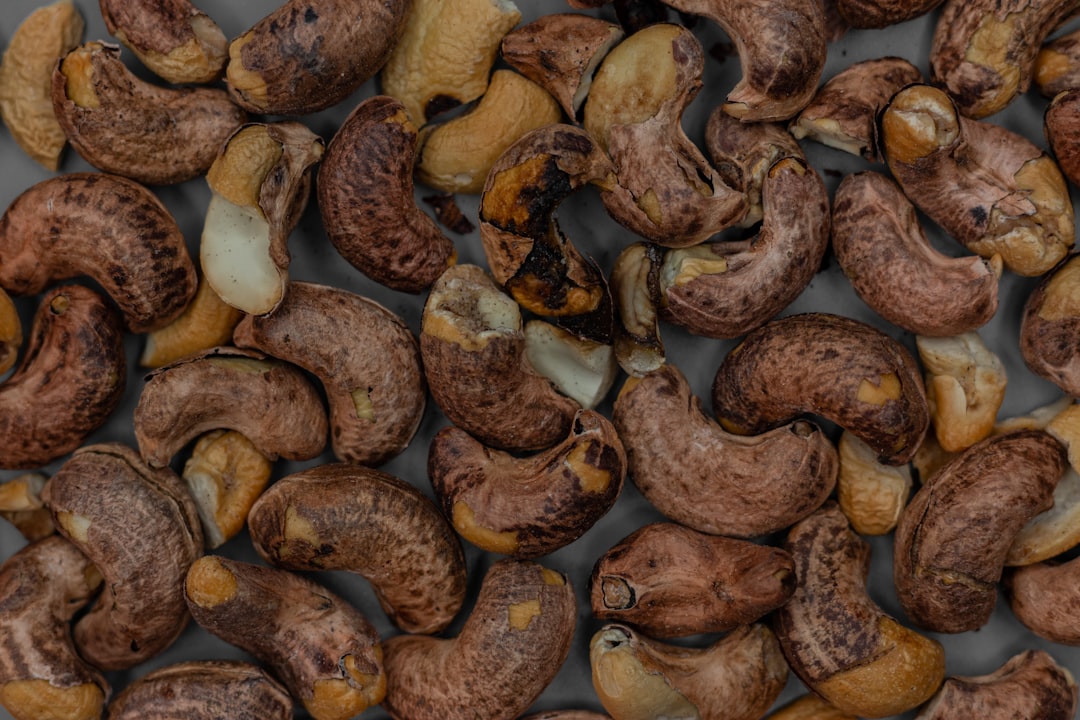
Even nuts in their shells aren’t immune to insect contamination. Shelled peanuts can contain up to 20 insects per 100 pounds, while tree nuts like almonds and walnuts have their own specific insect populations. Many insects are small enough to penetrate even intact shells, or they infest nuts during processing after the shells are removed.
The oil content in nuts creates a unique preservation environment for insects, sometimes maintaining their cellular structure better than other foods. Some specialty nut producers have learned to work with beneficial insects that actually improve nut quality while deterring harmful ones, creating a complex agricultural ecosystem that influences the final product’s characteristics.
The Nutritional Silver Lining

While the idea of eating insects might initially seem disgusting, these tiny stowaways actually contribute significant nutritional value to our diets. Insects are excellent sources of protein, containing all essential amino acids in ratios that complement plant-based foods. They’re also rich in B-vitamins, iron, zinc, and other minerals that many people lack in their diets.
The chitin in insect exoskeletons acts as a prebiotic fiber, potentially supporting digestive health in ways we’re only beginning to understand. Some researchers suggest that the trace amounts of insects in our food supply may actually contribute to nutritional completeness, providing micronutrients that would otherwise be missing from processed foods. Your accidental insect consumption might be more beneficial than you realize.
Global Perspectives on Insect Consumption

What’s considered contamination in Western countries is often viewed as normal or even desirable in other parts of the world. Many cultures deliberately include insects in their diets, recognizing them as valuable protein sources that are environmentally sustainable and nutritionally complete. The global food industry is slowly shifting toward recognizing insects as legitimate food ingredients rather than mere contaminants.
This cultural shift is already influencing food safety standards, with some countries beginning to establish separate categories for intentional versus accidental insect consumption. The future of food may include products that explicitly include insects as ingredients, making our current “contamination” levels seem quaint by comparison. We’re potentially witnessing the beginning of a major transformation in how humanity views insects as food.
Conclusion
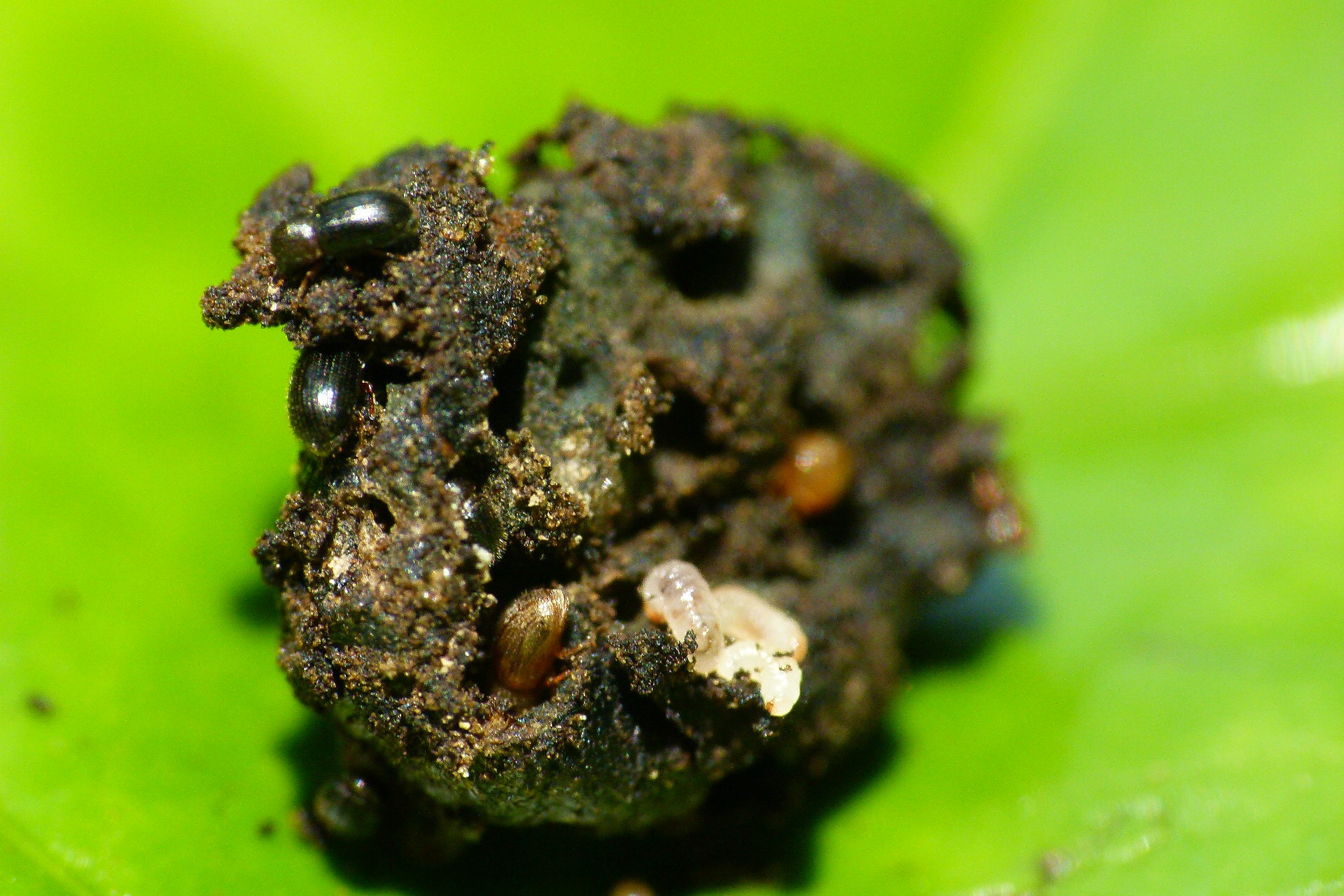
The reality is that insects have been part of human diets throughout our evolutionary history, and they continue to be today whether we acknowledge it or not. Every meal you eat contains traces of the complex ecosystems that produce our food, complete with their tiny inhabitants. Rather than being horrified by this reality, perhaps we should appreciate the incredible biodiversity that makes our food system possible. The next time you enjoy a chocolate bar or slice of bread, remember that you’re participating in an ancient relationship between humans and insects that has sustained our species for millennia. What seems like contamination today might be recognized as essential nutrition tomorrow.
